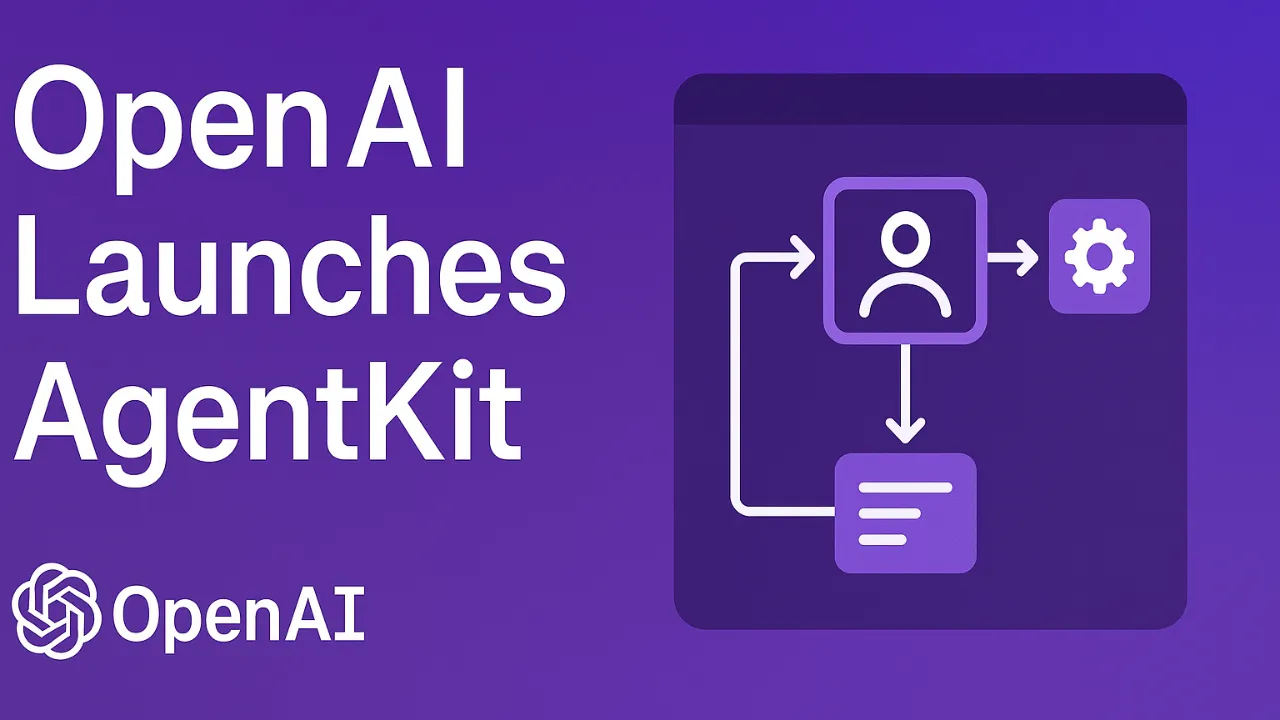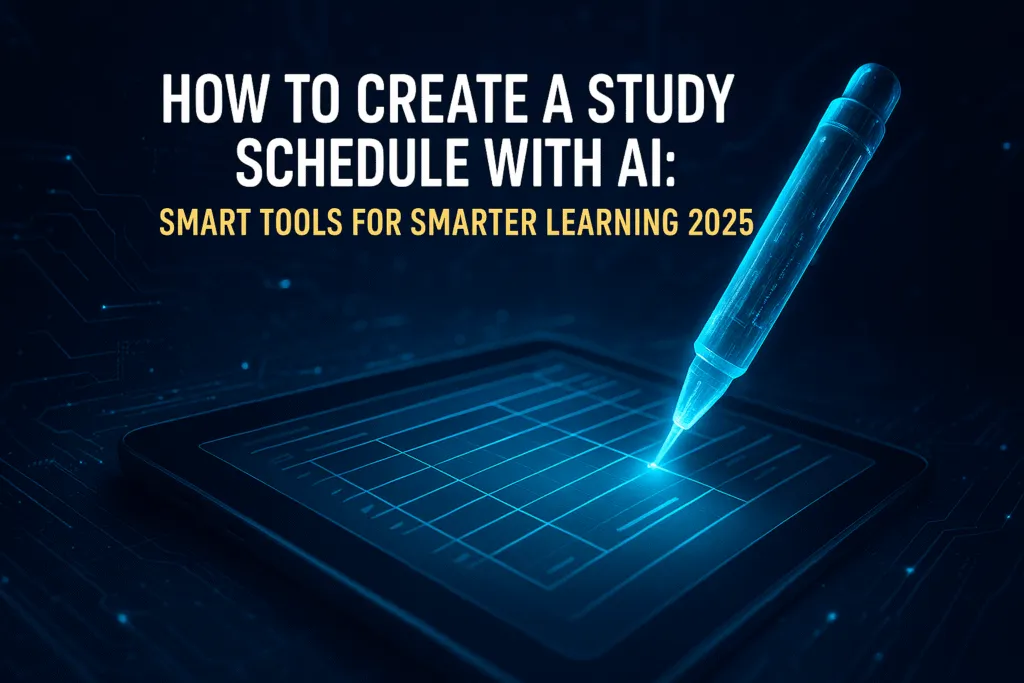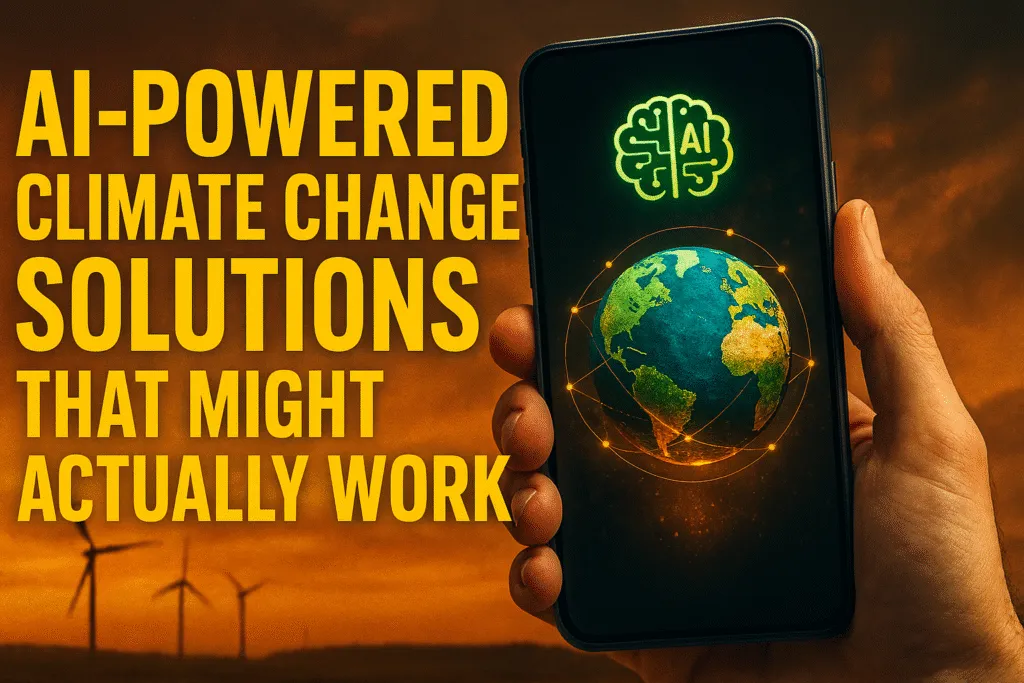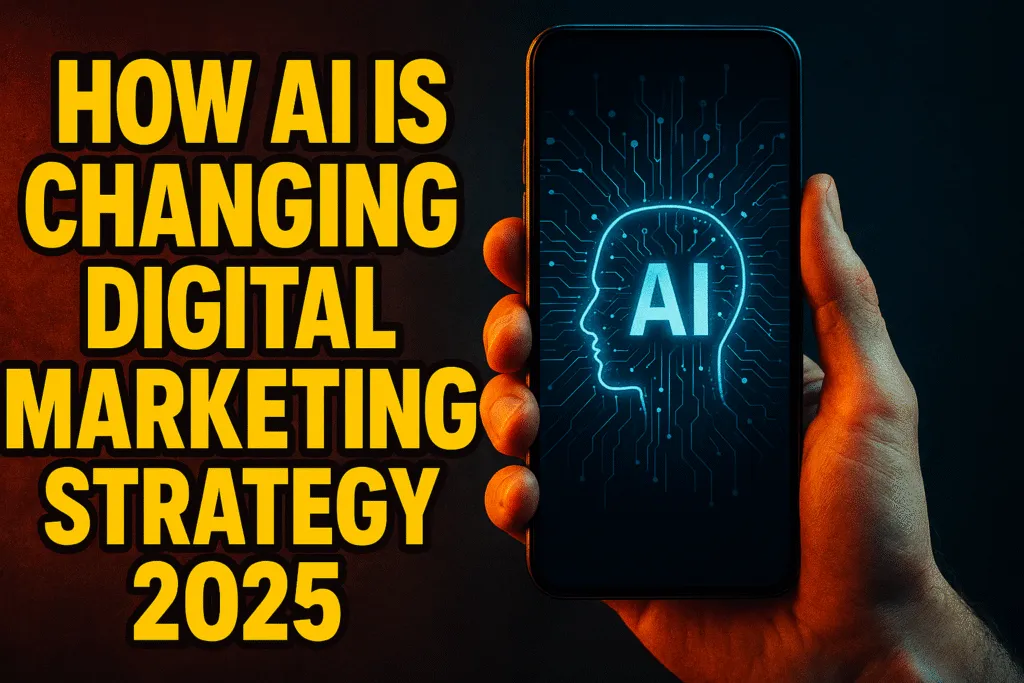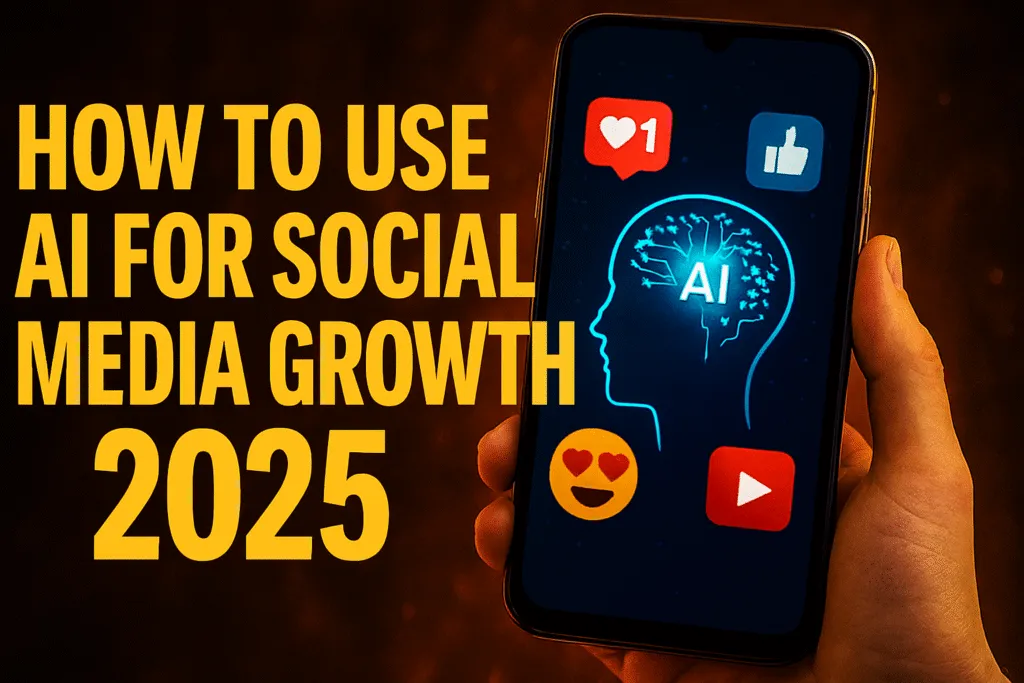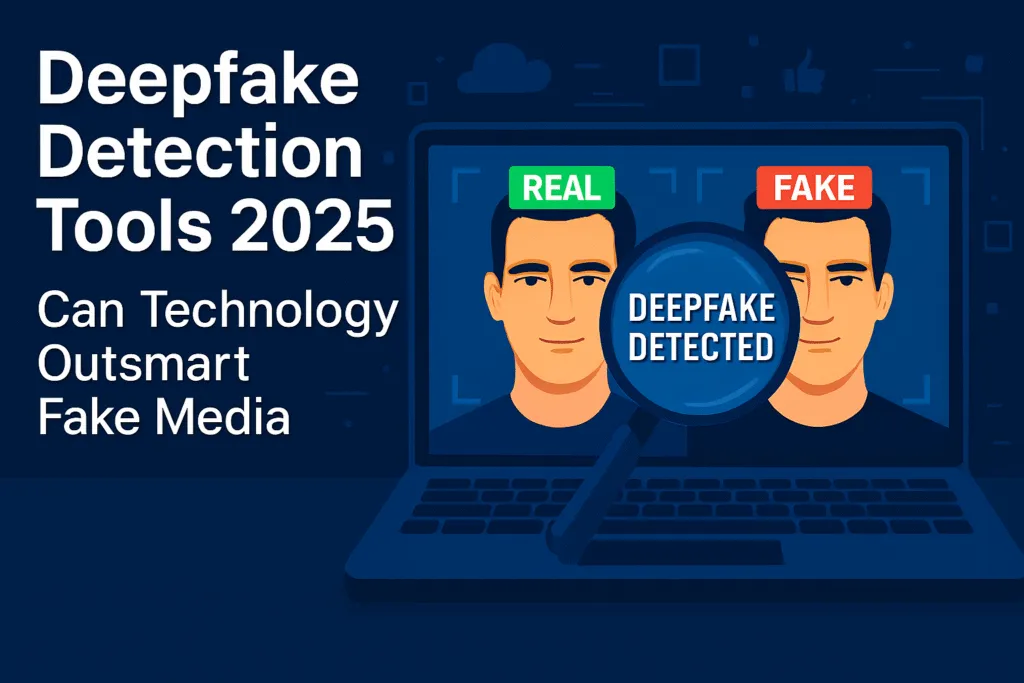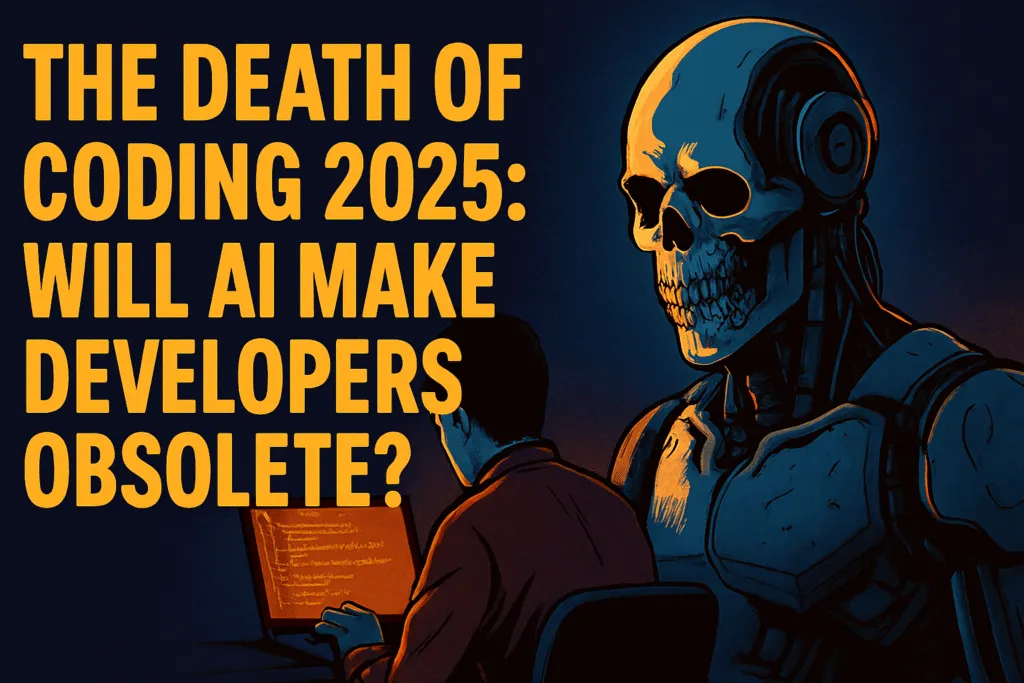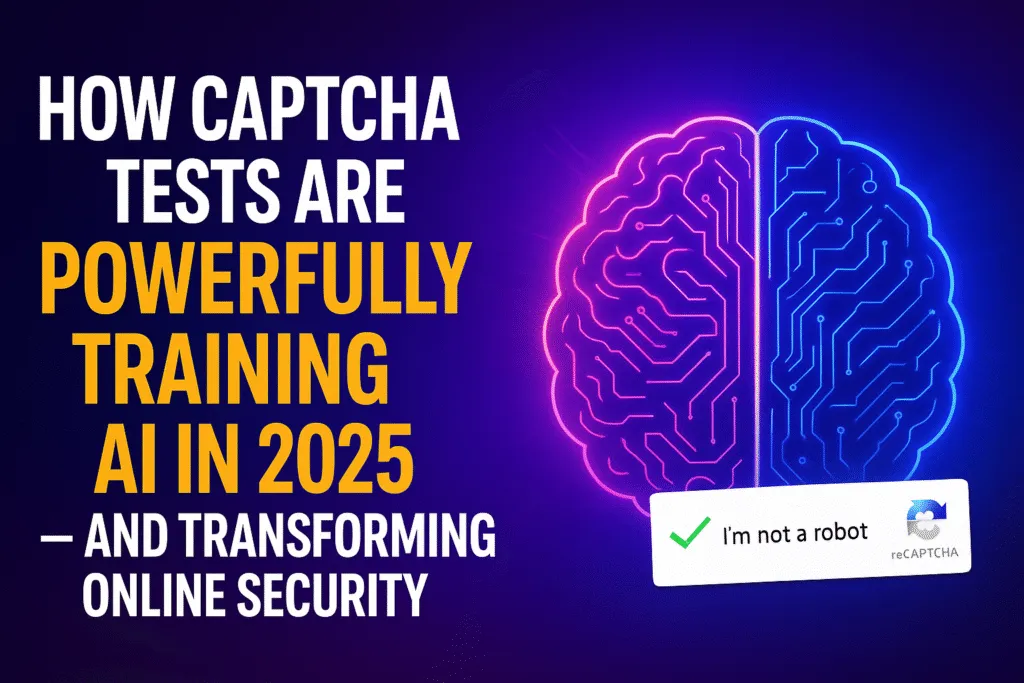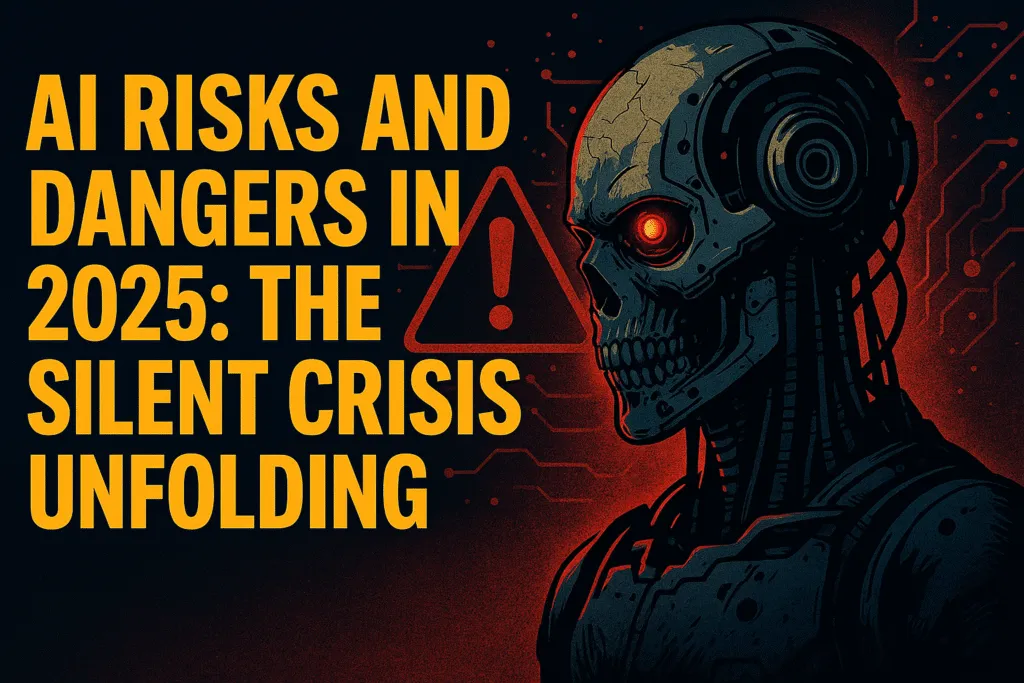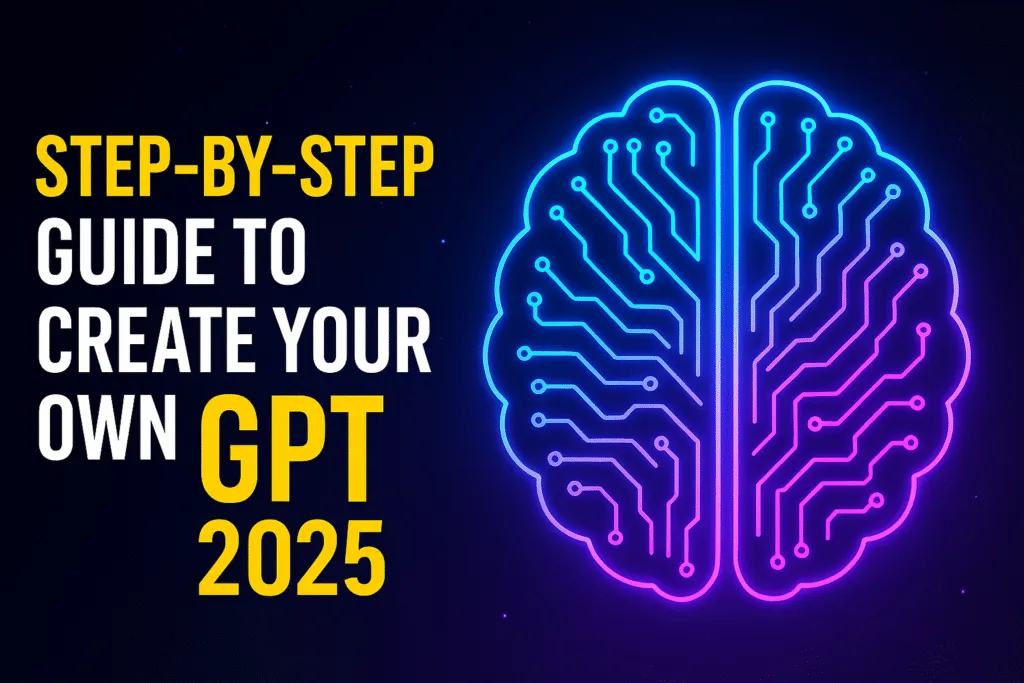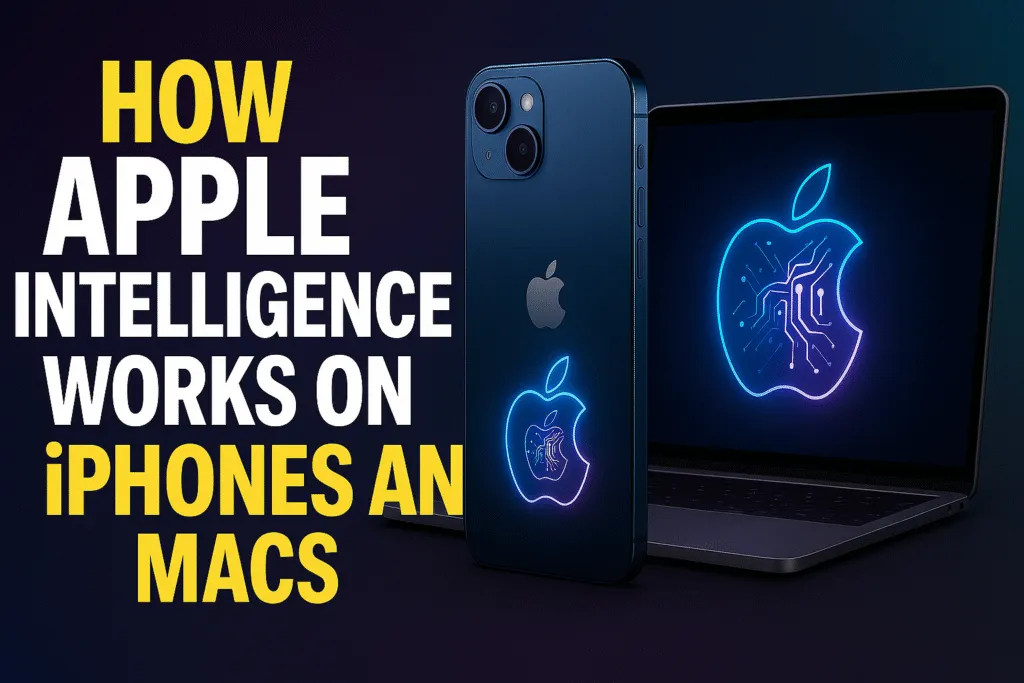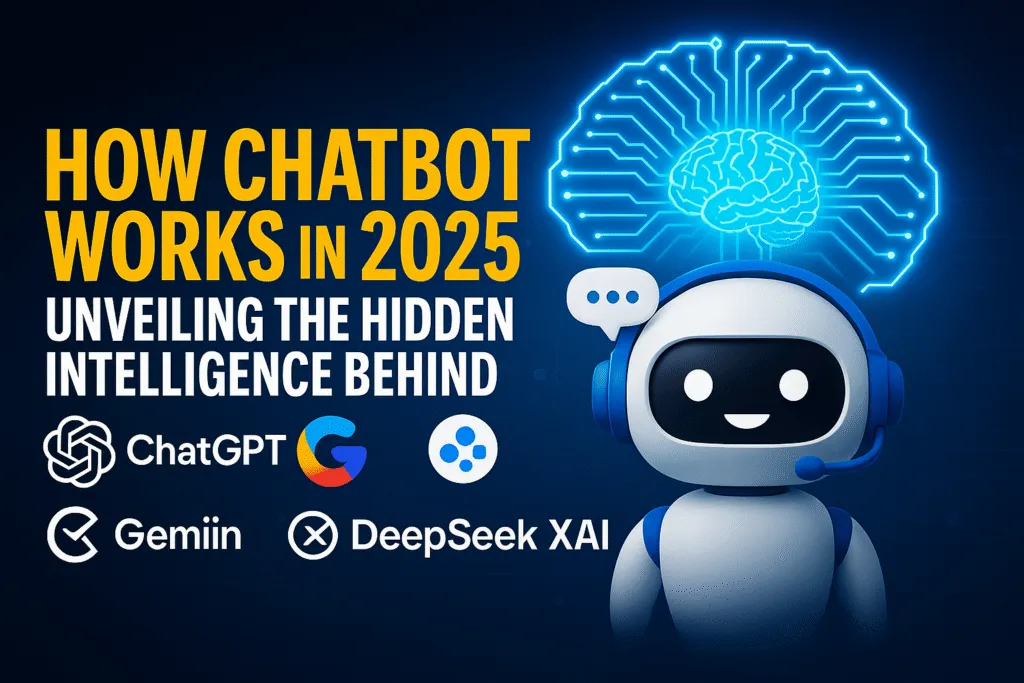OpenAI Launches AgentKit: A Streamlined Toolkit for AI Agents
OpenAI has launched AgentKit, a new suite of tools designed to help developers build, deploy, and optimize AI agents more efficiently. AgentKit builds on OpenAI’s recent innovations such as the Responses API and the Agents SDK, offering an integrated environment for creating powerful and safe AI-driven applications.
AgentKit bridges the gaps developers often face while moving from prototype to production. It combines visual workflow design, chat UI embedding, evaluation tools, and runtime orchestration — all in one unified platform.
What Is AgentKit
AgentKit is a complete framework that brings together everything developers need to design, test, and manage AI agents. Instead of juggling multiple tools and libraries, AgentKit offers a single, cohesive ecosystem to handle every stage of the agent lifecycle.
The Evolution of AgentKit
AgentKit is built on two major OpenAI technologies: the Responses API and the Agents SDK. The Responses API enables agents to call external tools more effectively, while the Agents SDK allows developers to create multi-step agent workflows in code. Together, they form the backbone of AgentKit, which adds user-friendly design tools, connectors, and evaluation features.
In simple terms, where the Responses API and SDK provide the foundation, AgentKit builds the structure — delivering a complete, end-to-end experience for AI agent development.
Key Components of AgentKit
Agent Builder
Agent Builder is the heart of AgentKit. It offers a visual, drag-and-drop canvas that allows developers to design complex agent workflows without heavy coding. With built-in version control, guardrails, and preview runs, developers can test and refine agent logic before deployment. The guardrails feature helps prevent unsafe or unintended outputs by applying rules and filters to agent behavior.
Connector Registry
The Connector Registry lets developers integrate agents with third-party tools and internal systems such as Google Drive, Dropbox, Slack, or enterprise databases. It provides a secure and centralized way to manage data flow and ensure agents have controlled access to the information they need.
ChatKit
ChatKit is an embeddable chat UI that allows developers to integrate AI chat functionality into their apps or websites. It supports live streaming responses, message threading, and customizable themes. This means developers can deploy interactive, chat-based interfaces quickly, without having to build them from scratch.
Evaluation and Optimization
AgentKit comes with a built-in evaluation framework that extends OpenAI’s Evals system. It lets developers analyze how their agents perform using trace grading, performance scoring, and prompt optimization. This data-driven feedback helps improve accuracy, efficiency, and overall reliability.
Runtime and Execution
At its core, AgentKit runs on the Agents SDK and Responses API. These handle the heavy lifting of executing workflows, managing sessions, tracing actions, and orchestrating communication between tools and models. This ensures stability and consistency across all agent operations.
Benefits of AgentKit
Faster Development and Deployment
AgentKit drastically reduces the time required to move from idea to production. Its integrated workflow enables faster iteration cycles, helping teams deploy in weeks instead of months.
Simplified Front-End Integration
Thanks to ChatKit, developers no longer need to build chat interfaces manually. It comes ready to use, saving both time and resources.
Enhanced Safety and Control
AgentKit’s guardrails and versioning system minimize risks of data leaks, misuse, or policy violations. This makes it suitable for enterprise environments where compliance and security are top priorities.
Quantifiable Performance Insights
Through evaluation tools like trace grading and automated feedback loops, AgentKit allows developers to measure how well agents perform and make continuous improvements based on real data.
Flexible for All Teams
Whether you prefer a code-first approach or a visual design workflow, AgentKit supports both seamlessly. It’s equally useful for individual developers, startups, and large enterprises.
Cost-Efficient
AgentKit is included under OpenAI’s standard API pricing. There are no separate subscription fees — users only pay for model and tool usage, keeping costs predictable.
Use Cases of AgentKit
Customer Support Automation
Companies can use AgentKit to create smart agents that handle customer queries, retrieve documents, and escalate cases when needed. It streamlines customer service and reduces workload on support teams.
Knowledge Management Assistants
Businesses can build internal AI assistants that navigate company databases and respond to employee questions securely. Connector controls ensure data access remains safe and compliant.
Research and Workflow Agents
Researchers can use AgentKit to create multi-step AI workflows that search, summarize, and analyze large datasets automatically. This reduces repetitive work and enhances productivity.
Conversational App Integration
Developers can embed agent-powered conversational tools directly into SaaS products or dashboards. ChatKit’s UI tools make it easy to build interactive features without deep front-end development.
Financial and Technical Agents
With proper configuration, agents built with AgentKit can perform complex tasks like generating reports, managing transactions, or integrating with fintech and blockchain systems.
Getting Started with AgentKit
- Begin by exploring the Agents SDK and Responses API to understand their structure and capabilities.
- Apply for access to AgentKit via your OpenAI account or enterprise dashboard.
- Use the Agent Builder to visually create and test your agent workflows.
- Embed ChatKit into your web or mobile app for live chat integration.
- Run evaluations using trace grading and performance metrics to refine your agent’s behavior.
- Add connectors and guardrails for secure data handling.
- Deploy and monitor your agents in real-world scenarios.
OpenAI also provides a detailed guide called “A Practical Guide to Building Agents,” which offers design strategies and coding examples for developers.
Best Practices for Using AgentKit
Start small with simple workflows and gradually add complexity.
Implement guardrails early to maintain safety and data integrity.
Use version control to manage updates and rollbacks efficiently.
Regularly evaluate performance using built-in tools instead of guessing where issues might be.
Monitor costs and optimize token usage for budget efficiency.
Grant only necessary permissions when connecting external tools or databases.
Test workflows thoroughly in preview mode before production deployment.
Challenges and Limitations
Since AgentKit’s Agent Builder is still in beta, some advanced features may undergo changes. Highly customized workflows may still require manual coding, and enterprise-level compliance might demand additional governance layers. Developers should also monitor token consumption and ensure guardrails are strong enough to prevent misuse.
Conclusion
AgentKit marks a significant step in OpenAI’s journey to make AI agent development simpler, faster, and safer. It provides all the essential tools — from visual design to embedded chat interfaces and evaluation frameworks — in one unified ecosystem.
By combining the power of the Responses API, the Agents SDK, and new modules like ChatKit and Connector Registry, OpenAI has created a platform that empowers developers to build production-ready agents with confidence.
Whether you’re an individual developer experimenting with automation or a large organization building enterprise AI assistants, AgentKit provides the foundation to innovate faster and more securely. It simplifies every stage of the process — from design to deployment — making it one of the most promising AI development tools of 2025.
Also Read: Mahindra Bolero Twins Updated—Smart Moves, Big Impact!
